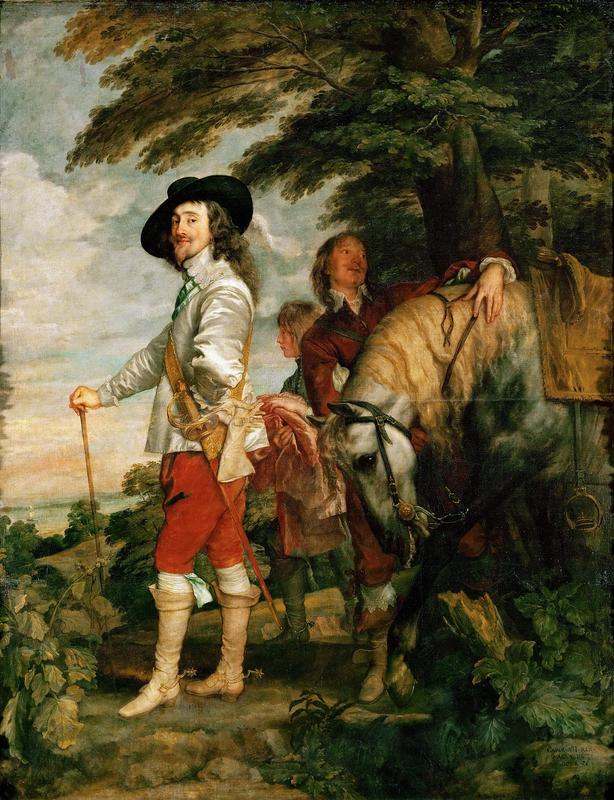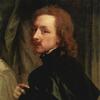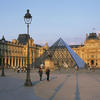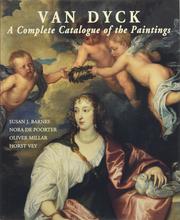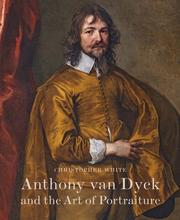More about Charles I at the Hunt
- All
- Info
- Shop

Sr. Contributor
King Charles I was known to have great judgement when it came to art and his own appearance, but not much else.
Charles I’s court painter Anthony Van Dyck helped change the game of British royal portraiture by showcasing Charles out beyond the palace like on this supposed “hunt.”
Van Dyck painted numerous portraits for Charles I, this one in particular set a trend for the nobility having themselves painted against a nature scene. Charles I’s lavishly dressed attempt at appearing simple likens him to Marie Antoinette. Antoinette was known for her hobby of playing a peasant and having special clothes made to simulate a simple life beyond that of a royal. But this hobby had a huge bill attached that drained from the royal treasury so her glammed up poverty didn’t win her any popularity points.
Charles I on the other hand, enjoyed some initial popularity from his portrayal in portraits such as this. His intentions also differed as he wasn’t merely indulging in misguided curiosity. He was trying to prove that he was just a normal fellow beyond his life of royalty. But seasoned hunters at the time likely scoffed at how his silver satin doublet shines in the sunlight . His clothing is simply too fancy and impractical to be worn on a real hunt.
If his pose and framing looks a bit odd, it’s because Charles I was famously insecure about his height and the painting is stylized to compensate for this. Van Dyck assists Charles I here in the same manner a modern film director might choose to hide a male actor’s true height. If you’ve ever seen a famous actor in real-life and thought he’d be taller, it's possible that he’s standing on an apple box, later cut out of frame in the film. Charles I found a small ledge to stand on and had Van Dyck paint him from a low angle. A clever idea for the time and now one of the most basic techniques taught at any film school.
Charles I was quite fond of this painting and his court painter, but it's possible he only paid Van Dyck half of his requested commission. Luckily, he had no shortage of other clients thanks to his royal portraits of Charles I making him the painter to commission in British society. Despite his high income, Van Dyck often found himself short on funds because he enjoyed chasing after women, that is until Charles I solved both his love and money troubles by finding him a bride.
Charles I was a patron to many other artists though. Instead of making a habit of shorting them on price he was known to spend large sums to acquire paintings throughout Europe. He strived to accumulate an insanely impressive art collection.
It is estimated he had around 2,000 works of art by the time his overspending caught up with him, another similarity he shares with Marie Antoinette. If you are familiar with her story, you can likely guess Charles I’s fate. What makes his end all the more tragic was that his collection of art was taken to the auction block after he went to the chopping block. The art pieces by artists as famous as Raphael would attract a high price, but other works either sold incredibly cheaply or were simply given away.
For instance, the king’s former plumber may have walked away with a free painting by Jacopo Bassano. It’s possible that other works given away still have yet to be re-discovered as they get passed down for generations through families unaware of the potential wealth in their possession. If your family can be traced back to England around Charles I’s reign and you have any art with mysterious origins perhaps now is the time to get it appraised.
Sources
- Adeline, Collange. "Work Charles I at the Hunt." Louvre Museum. Accessed March 25, 2019. https://www.louvre.fr/en/oeuvre-notices/charles-i-hunt.
- Harris, Ann Sutherland. Seventeenth-century Art and Architecture. London: Laurence King, 2005.
- Hart, Kim. "King Charles I Amassed One of the World's Greatest Art Collections-Then Lost It All." Artsy. March 01, 2018. Accessed March 25, 2019. https://www.artsy.net/article/ artsy-editorial-king-charles-amassed-one-worlds-greatest-art-collections-los
- Hoffman, Anna. "Peasantville: Marie-Antoinette's Fake Rustic Village at Versailles." Apartment Therapy. February 04, 2019. Accessed March 25, 2019. https://www.apartmenttherapy .com/marieantoinettes-village-119458.
- Knackfuss, Hermann. Van Dyck. Nabu Press, 2012.
Featured Content
Here is what Wikipedia says about Charles I at the Hunt

Charles I at the Hunt, also known under its French title Le Roi à la chasse, is an oil-on-canvas portrait of Charles I of England by Anthony van Dyck, dated to c. 1635, and now in the Louvre Museum in Paris. It depicts Charles in civilian clothing and standing next to a horse as if resting on a hunt, in a manner described by the Louvre as a "subtle compromise between gentlemanly nonchalance and regal assurance".
Van Dyck gives his naturalistic style full expression: "Charles is given a totally natural look of instinctive sovereignty, in a deliberately informal setting where he strolls so negligently that that he seems at first glance nature's gentleman rather than England's King". The 105 centimetres (41 in) by 76 centimetres (30 in) painting depicts Charles in lighter colours to the left of the painting, standing against the darker ground and the shadowed servants and horse under a tree to the right; his dark hat prevents his face from appearing washed out by the sky.
Charles is dismounted, and stands as if surveying his domain and the sea beyond (perhaps the Solent with the Isle of Wight visible in the distance). His head is turned and his face pinched in a disdainful and somewhat bitter smile. The king was famously sensitive about his height, and the painting compensates by placing the viewer at a low-angle point of view, looking up at the king. A Latin inscription on a rock in the lower right corner establishes his rights as a king: Carolus.I.REX Magnae Britanniae ("Charles I, King of Great Britain" – a political statement at the time, only 32 years after his father James had united the crowns of Scotland and England, and proclaimed himself King of Great Britain, and nearly 70 years before the Acts of Union legally created the Kingdom of Great Britain).
Charles is dressed as an aristocratic gentleman in a wide-brimmed cavalier hat, teardrop earring, shimmering silver satin doublet, red breeches, and turned-down leather boots, apparently resting during a day of hunting. He is girt with a sword, with one hand resting nonchalantly on a walking stick; the other rests on his hip, holding his gloves as a sign of his sovereignty and assurance. The painting also shows a young page and Charles' picture-buying agent and favoured courtier, Endymion Porter, who is holding the horse. The horse seemingly bows its head in submission to the king.
In his three years as England's Principal Painter in Ordinary, van Dyck had already made two other equestrian portraits of Charles in armour: Charles I with M. de St Antoine, depicting Charles accompanied by his riding master, Pierre Antoine Bourdon, Seigneur de St Antoine; and Equestrian Portrait of Charles I, depicting Charles as a heroic philosopher king, contemplatively surveying his domain.
Charles paid van Dyck £100 for the painting in 1638 – although the artist originally requested £200 – but it is not mentioned in the inventory of his collections after his execution in 1649. It was in France by 1738, and the Comtesse du Barry sold the painting to Louis XVI of France in 1775.
Check out the full Wikipedia article about Charles I at the Hunt

